Three phase induction motors – Operating principle
An electric motor converts electrical energy into a mechanical energy which is then supplied to different types of loads. A.c. motors operate on an a.c. supply, and they are classified into synchronous, single phase and 3 phase induction, and special… Read more
Feb 03, 2012 | By Henry James

Synchronous Motor Construction
Synchronous motors convert electrical power to mechanical power and synchronous generators convert mechanical power to electrical power; and synchronous condensers supply only reactive power to stabilize system voltages. Synchronous motors, generators, and condensers perform similarly, except for a heavy cage winding on the… Read more
Jan 14, 2012 | By Edvard Csanyi

How to select AC converter for VSD?
Altough manufacturers’ catalogues try to make it easy as possible, there are many variables associated with the selection and rating of the optimum electric motor and AC converter for a Variable Speed Drive (VSD) application. In many cases, it requires… Read more
Jan 06, 2012 | By Edvard Csanyi

NEC Code for Size of Cable for Motor
Size of Cable for Branch circuit which has Single Motor connection is 125% of Motor Full Load Current Capacity. What is the minimum rating in amperes for Cables supplying 1 No of 5 hp, 415-volt, 3-phase motor at 0.8 Power… Read more
Dec 30, 2011 | By Jignesh Parmar
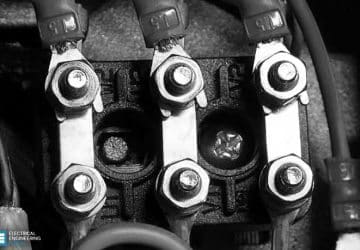
The Cage Induction Motor Explained In Details
This simplest form of AC induction motor or asynchronous motor is the basic, universal workhorse of industry. Its general construction is shown in Fig. 1. It is usually designed for fixed-speed operation, larger ratings having such features as deep rotor… Read more
Dec 29, 2011 | By Edvard Csanyi

Motor starting problem and high motor inrush currents
Electric motor protection device depends on the accurate and correct selection of overload(s), fuses and/or circuit breakers. Over the years the protective devices have been selected according to the applicable code requirements with only minimal nuisance tripping. However, in recent… Read more
Dec 23, 2011 | By Edvard Csanyi
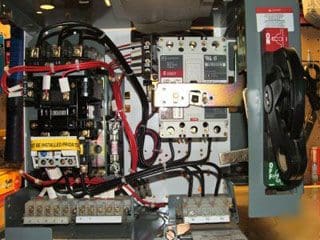
Major difference between a 2-phase and a 3-phase stator
For purposes of explaining rotor movement, let’s assume that we can place a bar magnet in the center of the stator diagrams of figure 0. We’ll mount this magnet so that it is free to rotate in this area. Let’s… Read more
Dec 17, 2011 | By Edvard Csanyi

5 steps to choose the best motor for your application
For line-operated motors, loads fall into three general categories: constant torque, torque that changes abruptly, and torque that change gradually over time. Bulk material conveyors, extruders, positive displacement pumps, and compressors without air unloaders run at relatively steady levels of… Read more
Dec 03, 2011 | By Edvard Csanyi

Why do we need variable speed drives (VSD)?
There are many and diverse reasons for using variable speed drives. Some applications, such as paper making machines, cannot run without them while others, such as centrifugal pumps, can benefit from energy savings. In general, variable speed drives are used… Read more
Nov 25, 2011 | By Edvard Csanyi
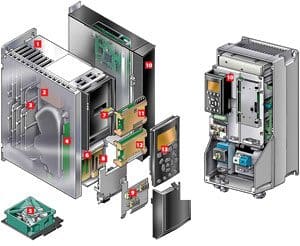
Motors And Drives For Efficient Control – ABB
With electric motors accounting for an estimated 65 percent of industrial energy use, any increases in efficiency clearly provide the potential for major savings. The energy consumption of electric motors can be reduced in two main ways – by implementing… Read more
Nov 23, 2011 | By Edvard Csanyi
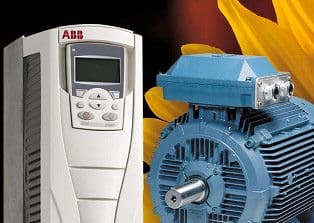
DC motor and generator – design, application and operation
History will recognize the vital role played by DC motors in the development of industrial power transmission systems, the dc machine being the first practical device to convert electrical power into mechanical power. Inherently straight forward operating characteristics, flexible performance… Read more
Nov 06, 2011 | By Edvard Csanyi

Cooling and Ventilation of Electric Motors (IC)
All rotating electrical machines generate heat as a result of the electrical and mechanical losses inside the machine. Losses are high during starting or dynamic braking. Also, losses usually increase with increased loading. Cooling is necessary to continuously transfer the… Read more
Aug 08, 2011 | By Edvard Csanyi
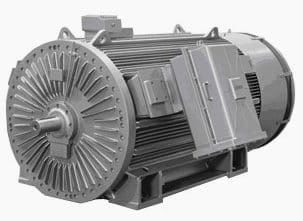
AC motors – Protection against short circuits
Every electric motor has operating limits. Overshooting these limits will eventually destroy it and the systems it drives, the immediate effect being operating shutdown and losses. A short circuit is a direct contact between two points of different electric potential:… Read more
Jul 29, 2011 | By Edvard Csanyi

Basic construction of 3-phase AC induction motors you should know
For industrial and mining applications, 3-phase AC induction motors are the prime movers for the vast majority of machines. These motors can be operated either directly from the mains or from adjustable variable frequency drives. In modern industrialized countries, more… Read more
Apr 18, 2011 | By Edvard Csanyi

VSD – Power supply connections and earthing
In accordance with accepted practice and the local, power is normally provided to a VSD from a distribution board (DB) or a motor control center (MCC). Adequate arrangements should be made to provide safety isolation switches and short-circuit protection in… Read more
Apr 13, 2011 | By Edvard Csanyi


